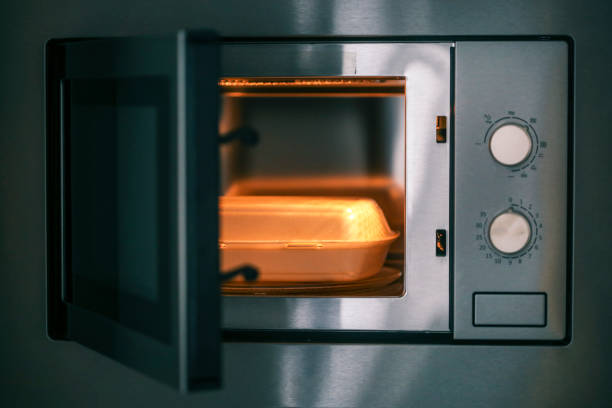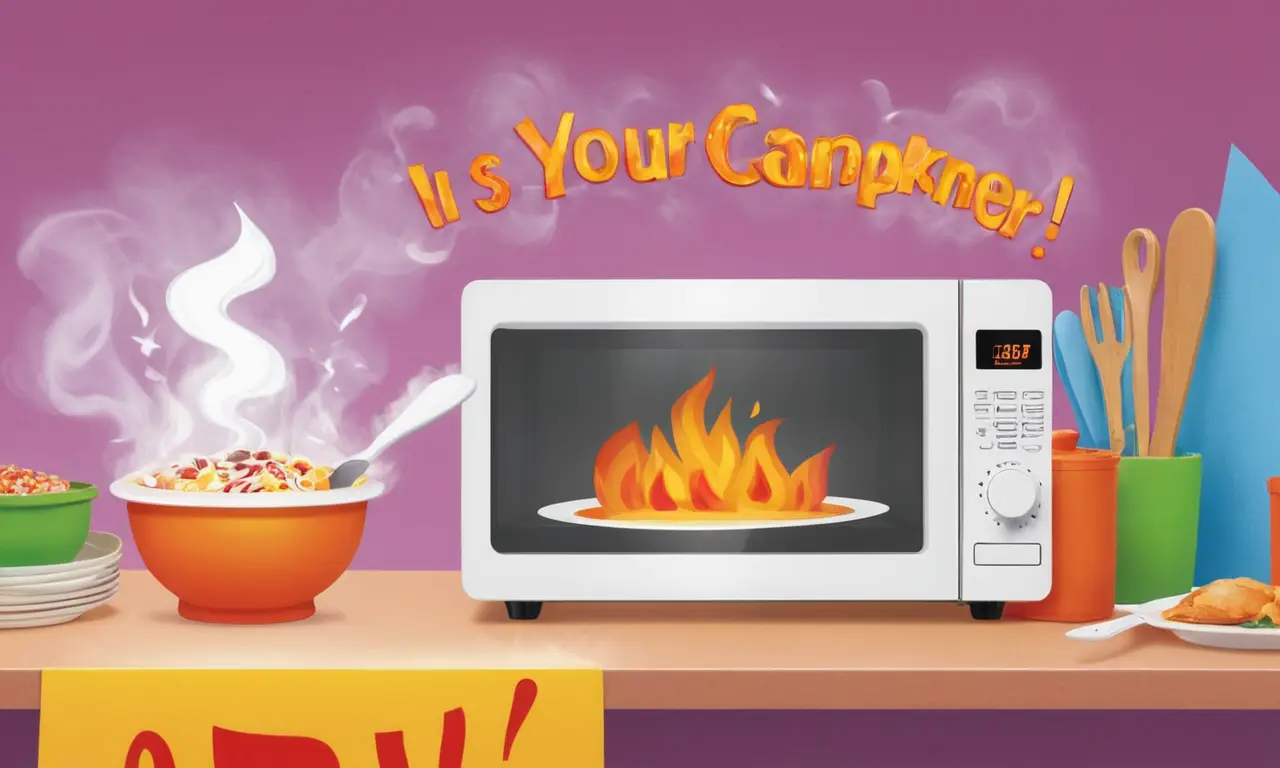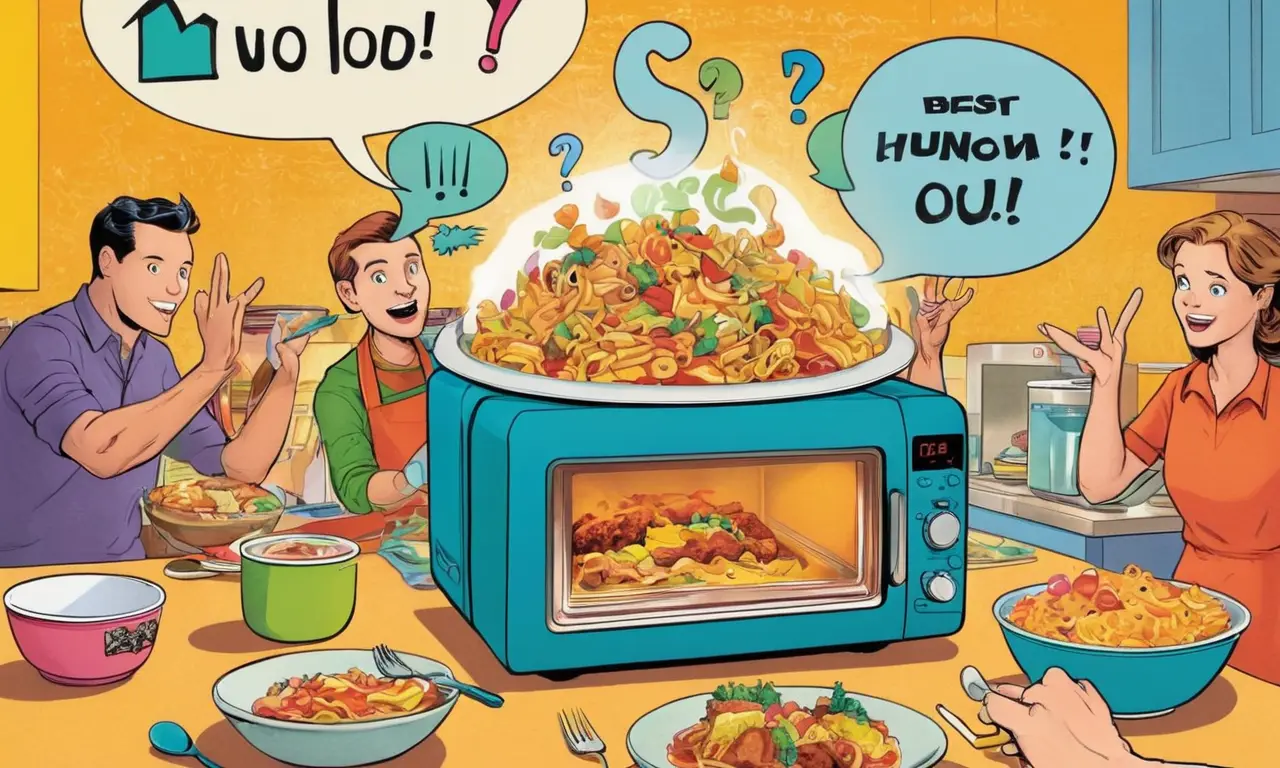
We all love the convenience of paper containers for takeout, leftovers, and even homemade meals. But when it comes to reheating food in the microwave, a crucial question arises: are can you microwave paper containers safe? The answer isn’t always straightforward. While some paper containers are designed specifically for microwave use, others may contain materials that become hazardous when heated.
This article will guide you through the essential factors to consider when determining if your paper container is microwave-safe. We’ll explore how to identify safety labels, understand the risks of heating non-microwave safe paper, and offer practical tips for choosing safer alternatives and microwaving food responsibly.
Microwave Safe Paper Containers
Many paper containers are indeed designed for microwave use. These containers typically feature special coatings or materials that can withstand the heat generated by a microwave oven without releasing harmful substances into your food. Look for clear labeling on the container stating “microwave safe” or providing specific heating instructions. These containers often have a higher tolerance for temperature fluctuations and are less likely to warp, tear, or release chemicals when heated.
When choosing microwave-safe paper containers, consider factors like thickness, construction, and intended use. Thicker containers generally offer better heat resistance, while those designed for specific foods (like pizza or soup) may have additional features to prevent leaks or spills. Always follow the manufacturer’s instructions regarding heating time and temperature to ensure safe and effective reheating.
Identifying Microwave Safety Labels

The most reliable way to determine if a paper container is microwave-safe is to check for clear labeling on the container itself. Look for phrases like “microwave safe,” “suitable for microwaving,” or “can be heated in the microwave.” These labels often include specific instructions regarding heating time, temperature, and any precautions you should take.
Some manufacturers may also use symbols to indicate microwave safety. A stylized wave symbol or a microwave icon with a checkmark typically signifies that the container is safe for microwave use. Pay close attention to these symbols and accompanying text to ensure accurate information. If you’re unsure about the labeling, it’s always best to err on the side of caution and avoid microwaving the container.
Hazards of Heating Non-Microwave Safe Paper
Heating non-microwave safe paper containers in the microwave can pose several health risks. The paper itself may contain coatings or chemicals that release harmful substances when exposed to heat. These substances can contaminate your food, potentially leading to digestive issues, allergic reactions, or even more serious health problems.
Furthermore, heating non-microwave safe paper can cause the container to warp, tear, or catch fire. This not only poses a risk of burns and damage to your microwave oven but also creates a hazardous situation in your kitchen. Always prioritize safety by avoiding the temptation to microwave containers that lack clear microwave safety labeling.
Choosing Microwave-Safe Alternatives

Fortunately, there are numerous safe and convenient alternatives to paper containers for microwaving food. Consider these options:
- Microwave-safe glass or ceramic dishes: These materials are durable, heat-resistant, and won’t release harmful chemicals into your food.
- Silicone baking dishes: Silicone is a flexible and non-stick material that can withstand high temperatures and is safe for microwave use.
- Reusable plastic containers: Look for containers specifically labeled as “microwave safe” and avoid those made from polystyrene or other potentially hazardous plastics.
Safety Tips for Microwaving Food
Even when using microwave-safe containers, it’s essential to follow these safety tips:
- Cover your food: Use a microwave-safe lid or plastic wrap to prevent splattering and ensure even heating.
- Stir halfway through: This helps distribute heat evenly and prevents hot spots.
- Let food stand for a few minutes: After microwaving, allow the food to stand for a minute or two before eating. This allows the heat to distribute further and reduces the risk of burns.
- Avoid overheating: Microwaving food for too long can cause it to become dry, tough, or even ignite. Follow recommended heating times and check your food frequently.
Conclusion
Determining whether are paper containers microwave safe requires careful attention to labeling and understanding potential hazards. While some paper containers are designed for microwave use, others may contain materials that release harmful substances when heated. Always prioritize safety by checking labels, choosing microwave-safe alternatives, and following proper heating guidelines. By taking these precautions, you can enjoy the convenience of microwaving food while minimizing risks to your health and well-being.
